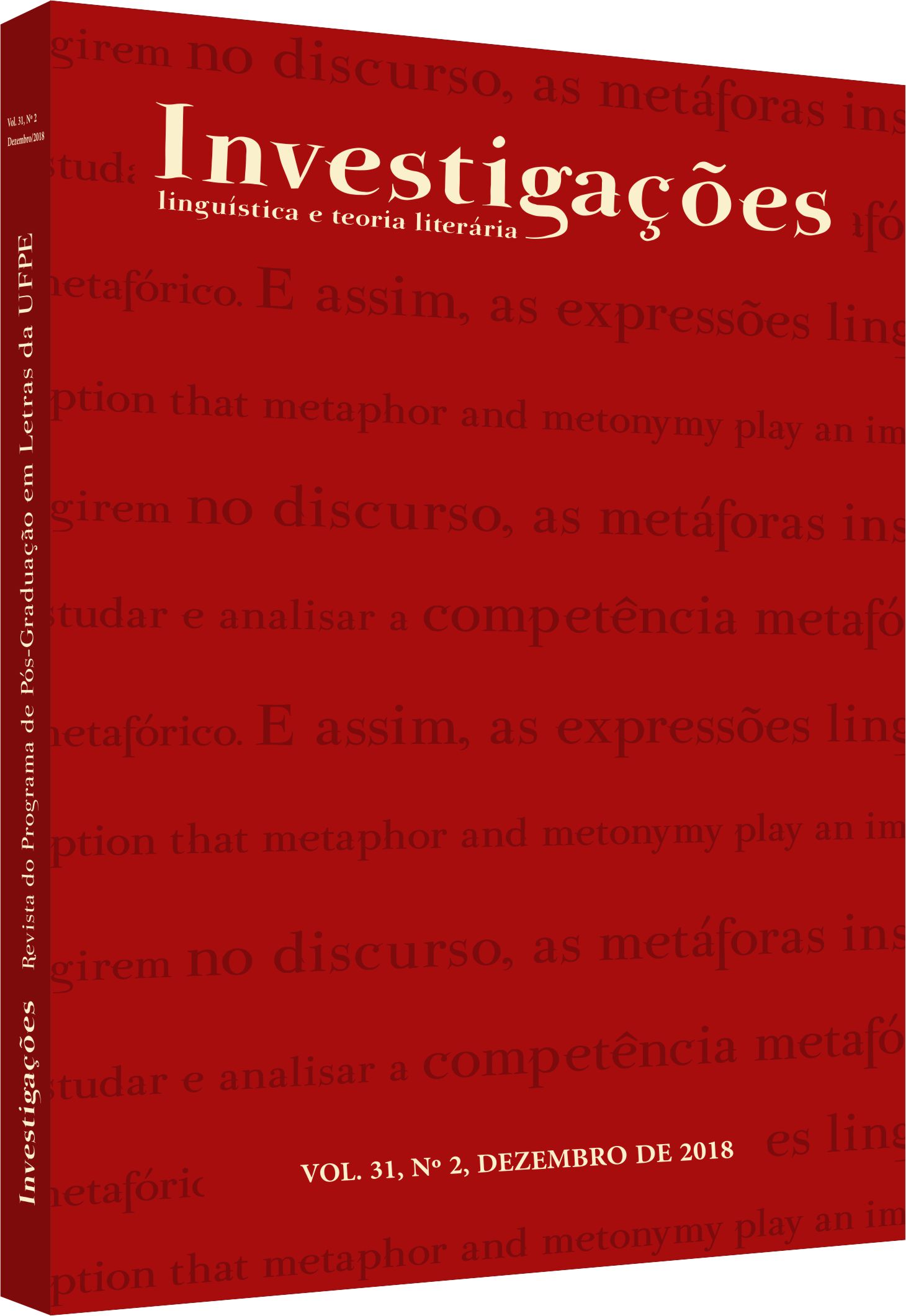Processos de significação em um guia de prevenção da violência sexual na infância
DOI:
https://doi.org/10.51359/2175-294x.2018.236366Abstract
Considerando que sujeitos e sentidos se constituem mutuamente e que a linguagem não é transparente, este estudo, ancorado nos pressupostos da Análise de Discurso, se propõe a analisar os processos discursivos em funcionamento em um guia de prevenção da violência sexual para crianças a partir dos 4 anos. Em função do caráter social da educação e da articulação entre ensino, conhecimento e sociedade, pareceu-nos significativo refletir sobre o modo como o Estado, através das instituições e dos discursos que nelas circulam, administra o complexo processo de significação sobre a violência sexual na infância, produzindo identificações e efeitos de verdade.References
ALBERTI, Sonia. O adolescente e o Outro. 3. ed. Rio de Janeiro: Zahar, 2010.
CORACINI, Maria José. Heterogeneidade e leitura na aula de língua materna. In: CORACINI, M.J. & PEREIRA, A. (Orgs): Discurso e sociedade: práticas em análise do discurso. Pelotas: EDUCAT, 2001, p. 137-155.
DARDOT, Pierre. A nova razão do mundo: ensaio sobre a sociedade neoliberal / Pierre Dardot; Christian Laval. Mariana Echalar Tradução. 1 ed. São Paulo: Boitempo, 2016.
FOUCAULT, Michel. A verdade e as formas jurídicas. Roberto Cabral de Melo Machado e Eduardo Jardim Morais tradução. PUC – Rio de Janeiro: Nau Editora [1973], 1999.
__________. Os anormais: curso no Collége de France (1974 – 1975). Eduardo Brandão Tradução. São Paulo: Martins Fontes, 2001.
FREUD, Sigmund. Três ensaios sobre a teoria da sexualidade (1905). In: Edição Standard Brasileira das obras psicológicas completas de Sigmund Freud. Vol. VII. Rio de Janeiro: Imago, [1905], 1996, p. 119 – 231.
GASPARINI, Edmundo Narracci. A língua na análise do discurso. In: Revista da Anpoll, n. 39, Florianópolis, Jul./Ago. 2015, p. 62-68.
HAROCHE, Claudine. Fazer dizer, querer dizer. Eni Orlandi tradução. São Paulo: Editora Hucitec, 1992.
ORLANDI, Eni Puccinelli. Interpretação: autoria, leitura e efeitos do trabalho simbólico. Petrópolis: Vozes, 1996.
__________. Linguagem e educação social: a relação sujeito, indivíduo e pessoa. In: Rua [online]. n. 21 – Volume 2, Novembro / 2015, p. 187 – 199. Consulta no Portal Labeurb – Revista do Laboratório de Estudos Urbanos do Núcleo de Desenvolvimento da Criatividade. http://www.labeurb.unicamp.br/rua/
PÊCHEUX, Michel. Semântica e Discurso: uma crítica à afirmação do óbvio. Campinas: Editora da UNICAMP, [1975] 2014.
___________. O discurso: estrutura ou acontecimento. Eni Orlandi tradução. Campinas: Pontes Editores [1983], 1997.
___________; FUCHS, Chaterine. A propósito da análise automática do discurso: atualização e perspectiva (1975). In: GADET, Françoise; HAK, Tony. (Orgs.) Por uma análise automática do discurso: uma introdução à obra de Michel Pêcheux. Campinas: Editora da UNICAMP. 5. ed., [1975] 2014, p. 159 – 250.
REVEL, Judith. Michel Foucault: conceitos essenciais. Gregolin, M.; Milanez, N.; Piovesani, C. Tradução. São Carlos: Clara Luz, 2005.
Downloads
Published
How to Cite
Issue
Section
License
Copyright (c) 2018 Juliana Castro Santana

This work is licensed under a Creative Commons Attribution 4.0 International License.
Authors who publish with Revista Investigações agree to the following terms:
Authors retain copyright and grant the journal right of first publication with the work simultaneously licensed under the Creative Commons Attribution 4.0 International (CC BY 4.0) license that allows others to share the work with an acknowledgement of the work's authorship and initial publication in this journal.
Authors are able to enter into separate, additional contractual arrangements for the non-exclusive distribution of the journal's published version of the work (e.g., post it to an institutional repository or publish it in a book), with an acknowledgement of its initial publication in this journal.
You are free to:
Share — copy and redistribute the material in any medium or format for any purpose, even commercially.
Adapt — remix, transform, and build upon the material for any purpose, even commercially.
The licensor cannot revoke these freedoms as long as you follow the license terms.
Under the following terms:
Attribution — You must give appropriate credit , provide a link to the license, and indicate if changes were made . You may do so in any reasonable manner, but not in any way that suggests the licensor endorses you or your use.
No additional restrictions — You may not apply legal terms or technological measures that legally restrict others from doing anything the license permits.

